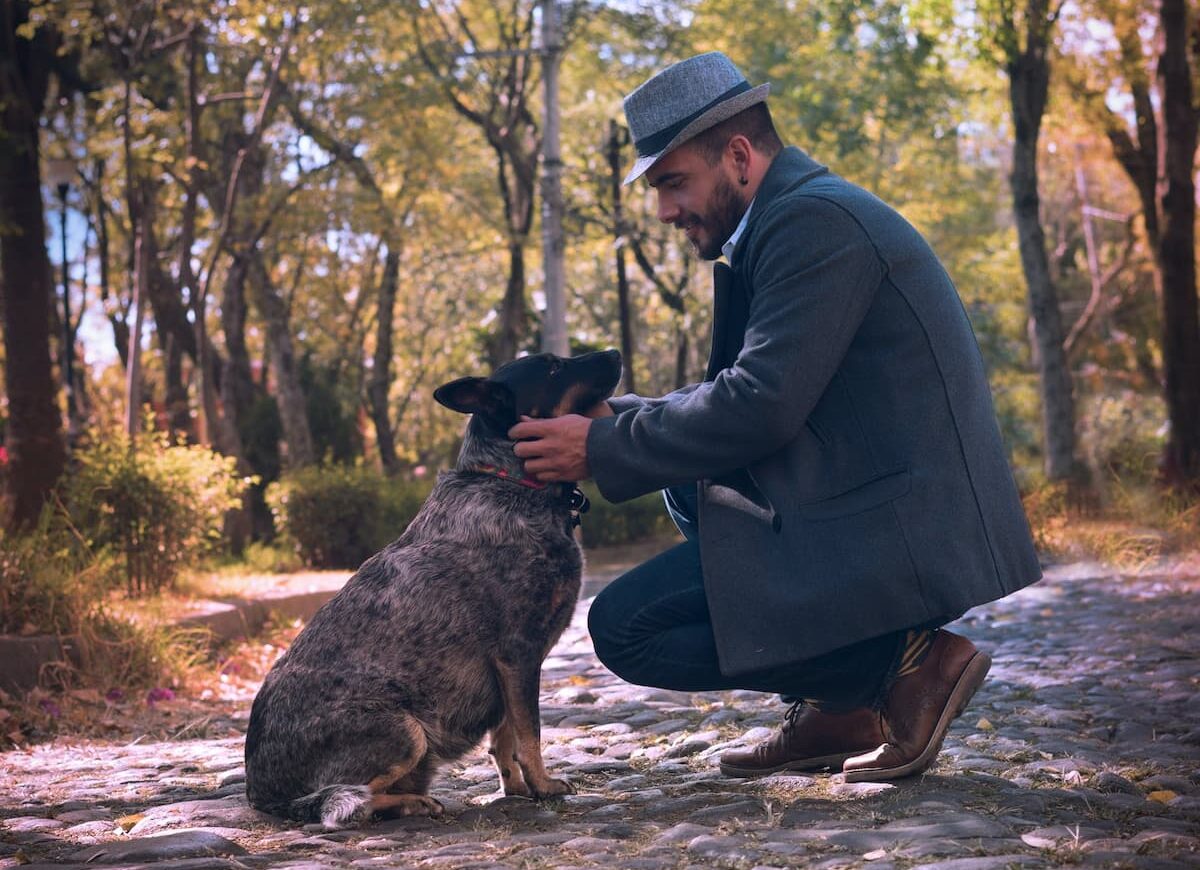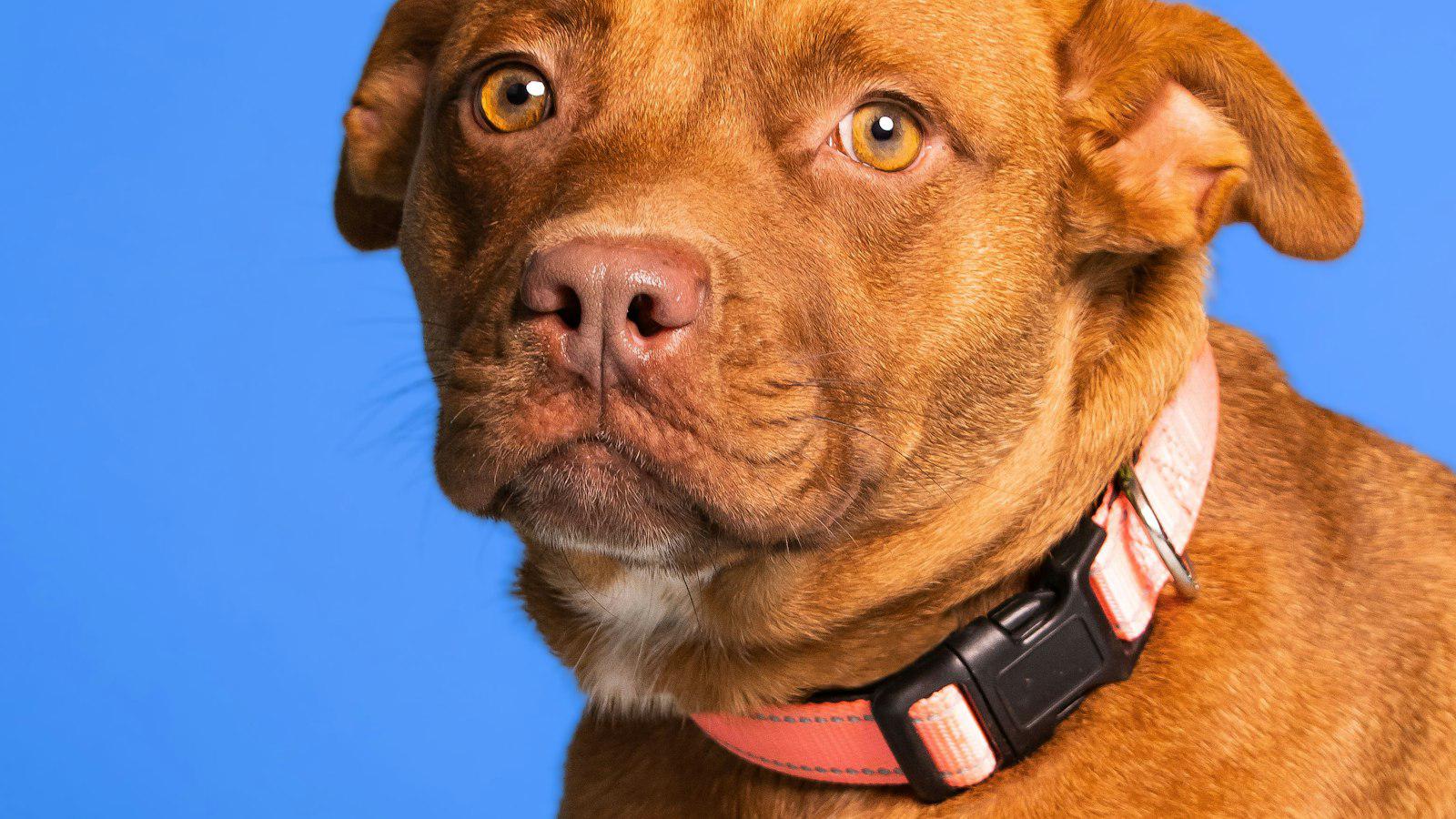Have you ever noticed how your furry friend’s leg starts dancing uncontrollably when you scratch that one magical spot?
It’s as if they have a secret groove that they just can’t resist!
Maybe you’ve wondered why dogs shake their legs when scratched, or perhaps you’ve simply laughed at their hilarious dance moves.
This article will answer the question: Why do dogs shake their legs when they’re scratched?
Understanding the Reason Behind Dogs’ Leg-Shaking Phenomenon
Dogs are fascinating creatures that never cease to amaze us with their quirky behaviors.
One peculiar phenomenon that many dog owners have undoubtedly witnessed is their leg-shaking response when receiving a good scratch behind the ears or under the chin.
Have you ever wondered why they do this? Well, here are some fascinating scientific reasons for this quirky behavior:
Muscles at Work
When a dog experiences intense pleasure or a sensory stimulus like scratching, their body instinctively reacts.
The leg-shaking response is actually a reflex action triggered by the stimulation of certain muscles.
One such muscle is the gastrocnemius, commonly known as the calf muscle.
This muscle, located in the hind legs of dogs, is responsible for extending the lower leg and flexing the foot.
So, when you scratch your furry friend’s sweet spot just right, it activates these muscles, leading to that delightful leg-shaking motion.
Nerves in Action
The leg-shaking phenomenon is not just a result of muscular activity but also involves the complex interplay of nerves within a dog’s body.
When you scratch your pup, it stimulates the sensory nerves in their skin.
These nerves transmit signals to the spinal cord and then to the brain.
The brain processes these signals and responds by sending motor signals back to the muscles, causing them to contract and create the leg-shaking motion.
It’s like a perfectly choreographed dance performed by your dog’s muscles and nerves!
It’s All about Pleasure
Beyond the mechanics of muscles and nerves, the leg-shaking behavior also hints at how deeply your dog appreciates the physical affection and attention they receive during a good scratch.
When a dog is gently scratched, particularly in the area behind their ears or along their lower back, it triggers a series of pleasurable sensations.
Just like humans, dogs have certain sweet spots on their body that are more sensitive to touch.
These areas are rich in nerve endings, and when stimulated, they send signals to the brain, releasing endorphins that make the dog feel good.
As the pleasure intensifies, dogs may involuntarily shake their legs as a way to release pent-up energy and excitement.
It’s almost as if their legs have a mind of their own!
The rapid movement of their legs is an adorable and spontaneous response to the pleasurable sensation, much like how we might wiggle or bounce in delight when experiencing something enjoyable.
So, the next time you see your furry friend doing the “pleasure shake,” remember that they are simply savoring the moment and reveling in the pure bliss of being scratched.
Separating Fact from Fiction Surrounding Dogs’ Leg Shaking
Now that you know the reasons behind this adorable phenomenon, its time to set the record straight and debunk the myths surrounding why dogs shake their legs when scratched:
Myth #1: Dogs shake their legs when scratched because they are ticklish.
This is a common misconception, but the truth is, dogs don’t experience ticklish sensations like humans do.
When a dog’s leg starts shaking after a good scratch, it actually stems from an involuntary reflex known as the scratch reflex.
This reflex is caused by a bundle of nerves located near their spine, called the proprioceptors.
When these nerves are stimulated, they send a message to the dog’s brain, triggering the leg to shake.
Myth #2: Dogs shake their legs when scratched to show pleasure or enjoyment.
While it may seem like our dogs are shaking their legs in pure bliss, this is not the case.
The leg shaking behavior is more closely related to a dog’s instinctive response to being touched in a sensitive area.
Just like humans instinctively pull away when something bothers us, dogs have a similar reaction.
When you scratch a dog in a particular spot, such as behind their ear or on their belly, it can sometimes be uncomfortable or overly stimulating for them.
This causes the leg-shaking reflex as a way for them to release any tension or discomfort.
Myth #3: Dogs shake their legs when scratched because it feels good.
While it’s true that dogs enjoy a good scratch, the leg shaking we observe is not necessarily an indication of pleasure.
In fact, some dogs may shake their legs even when they find the sensation unpleasant.
It’s important to pay attention to your dog’s body language and cues to understand their individual preferences.
If your dog seems uncomfortable or tries to move away when you scratch their legs, it’s best to avoid that area and focus on other spots they enjoy.
Now that we’ve debunked these myths, you can appreciate the leg-shaking behavior in a whole new light.
It’s a fascinating reflex that dogs have, stemming from an instinctive response to being touched in sensitive areas.
Just remember, every dog is unique, so pay attention to their individual preferences and always respect their boundaries.
How to Identify and Satisfy Your Dog’s Scratching Triggers
It’s important to note that the areas triggering the scratch reflex can vary from dog to dog.
Generally, you’ll find these sweet spots around their neck, belly, and hindquarters.
Popular areas include the base of the tail, under the chin, and near their ears.
However, every pup is unique, and some may have specific spots that are personal favorites.
Observe your dog’s body language and reactions to find out where they enjoy being scratched the most!
Remember, scratching your dog in their preferred spots carries multiple benefits, such as bonding, relaxation, and even reducing stress and anxiety.
FAQ
Q: What exactly happens when dogs start shaking their legs while being scratched?
A: When dogs are scratched in just the right spot, you might notice their legs almost kicking involuntarily in response.
This reaction is known as a “scratch reflex” or a “scratch reflex arc,” and it’s a marvelous physiological response.
Q: Why do dogs have this scratch reflex in the first place?
A: Well, this particular reflex actually serves a vital purpose for our canine companions.
Similar to humans, dogs possess specific areas on their bodies that are hypersensitive, such as the belly, legs, and back.
These regions have a higher concentration of nerve endings, and when stimulated, they send signals to their spinal cord and then back to the muscles, causing the legs to shake in response.
Q: Is the scratch reflex the same for all dogs?
A: Not necessarily.
The scratch reflex can vary between dogs, as their sensitivity levels and the areas that trigger the reflex differ from one pooch to another.
Some dogs may have more pronounced reflexes, while others might hardly react at all.
It’s just another thing that makes our furry friends so unique!
Q: Are there any specific spots that dogs find particularly irresistible to induce this reflex?
A: Indeed!
Dogs generally have a couple of “sweet spots” that are almost guaranteed to set off their scratch reflex.
These areas often include their lower back, the base of their tail, the hind legs, and the belly.
But here’s the catch: each dog has its individual preferences.
Some may have a favorite spot behind their ear, while others might love being scratched near their chest.
It’s all about finding that “Ahhh, that feels good!” zone.
Q: Is there a scientific reason behind this leg-shaking behavior?
A: Absolutely!
Beyond the reflex arc, the leg-shaking behavior serves another crucial purpose.
You may have noticed that when dogs engage in this delightful leg dance, they often stretch and arch their back.
This instinctive stretch helps them to relieve any tension and maintain flexibility.
It’s like their own mini yoga session!
Q: So, should we be concerned if our furry pals don’t shake their legs when we scratch them?
A: Not at all!
Remember, just like humans, dogs have individual sensitivities.
While some dogs may shake their legs intensely, others might show a more subtle reaction, like slightly twitching or wagging their tail.
As long as your dog appears content and enjoys the scratching, there’s no need to worry.
All dogs are different, and that’s what makes them special!
Q: Is there anything else important we should know about this leg-shaking behavior?
A: It’s essential to be mindful of our dogs’ body language while scratching them.
Not all dogs appreciate being touched in certain areas or might have health issues that make them uncomfortable.
Always observe their reactions and adapt accordingly.
If you notice any signs of stress, discomfort, or if your dog tries to move away from your hands, it’s best to stop and respect their boundaries.
Q: Ultimately, what can we take away from this adorable leg-shaking behavior?
A: The leg-shaking response dogs display when being scratched is a combination of an involuntary reflex and an instinctive stretch to relieve tension.
It’s a natural and entirely harmless reaction that varies from dog to dog.
So, let’s embrace and enjoy this enchanting behavior as yet another way our furry friends bring joy and laughter into our lives!
Final Thoughts
Next time you scratch your pup and notice those adorable little shakes, you’ll know that it’s simply their way of communicating their delight.
It’s like a happy dance, an automatic response that can’t be controlled.
Whether it’s due to an overflow of excitement or a ticklish feeling, one thing is for sure – our pups sure know how to express their joy.
So now, every time you see those wagging tails and shaking legs, you can feel even more connected to your canine companion, as you witness their contagious happiness with every scratch and every shake.
Happy scratching, pet parents!














